Statiqbloom/Zex Model
self-titled
Desire
Kaliningrad’s Zex Model and New York’s Statiqbloom have a lot in common. Both projects display a reverence and exploration of classic post-industrial music of the 80s, with a strong sense of how to recreate its spirit in a dirty, DIY fashion. Their self-titled split LP flows together pretty well consequently, although perhaps the most interesting thing about isn’t how these bands are alike but how they differ. In exploring how each artist approaches their influences, we get a broader picture of classic electro-industrial musics, and how many different paths to take when you use it as a starting point.
Zex Model are if anything far heavier here than they were on their excellent 2013 LP Mind Slaughter. In contrast to the crisp and brittle sound that has been their calling card up ’til this point, Paul Von Aphid is leaning much harder on the hazy, psychedelic sounds he has toyed with previously; whether it’s obscuring the opening sequence of “Rokk” with layers of noise and pitch shifting, or slowing the tempo of “Teosophia” down to a crawl, the result is a much thicker and more feverish effect. In practice the effect invokes the early work of The Klinik, especially on “Forbidden Alterations” where Von Aphid’s processed vocals and a squelchy synthline, an ever repeating vocal sample repeats in the background. Zex Model music has never been comfortable, but here it seems aims for outright discomfit. Wven when it approaches danceability on “Tokyo Blitz” it’s still laced with unease and distress.
The contrast in approach when listening to the Statiqbloom side is subtle but important. Project mastermind Fade Kainer isn’t making things bigger by filling the mix with errant noise: it’s the use of empty space that makes his tracks seem large. The echoes and reverb artifacts that accent his drums and the chunky “Dig It” guitars on “Slow Void” suggest some cavernous underground space, much like the cloudy synth pads on “Contaminate” occasionally drop away entirely to draw attention to the void left behind them. Although “Atrophy of Three” appears essentially unchanged from the version that appeared on Mask Visions Poison, the retake of “Behind Glass” falls in line drenching a far off guitar figure with hall verb and having twinkling synths float upwards like sparks from an open fire.
Of course neither of these distinctions with each other or their previous work define Statiqbloom or Zex Model in any sense other than the immediate. That’s the fun thing about a split like this; it’s an excuse to compare and contrast approaches in the moment, with each difference made apparent by proximity and placement. Musically it’s a solid little LP from back to front, but the real fun comes from listening to those fine details and speculating about how each artist might have approached the delivery of the finished product.

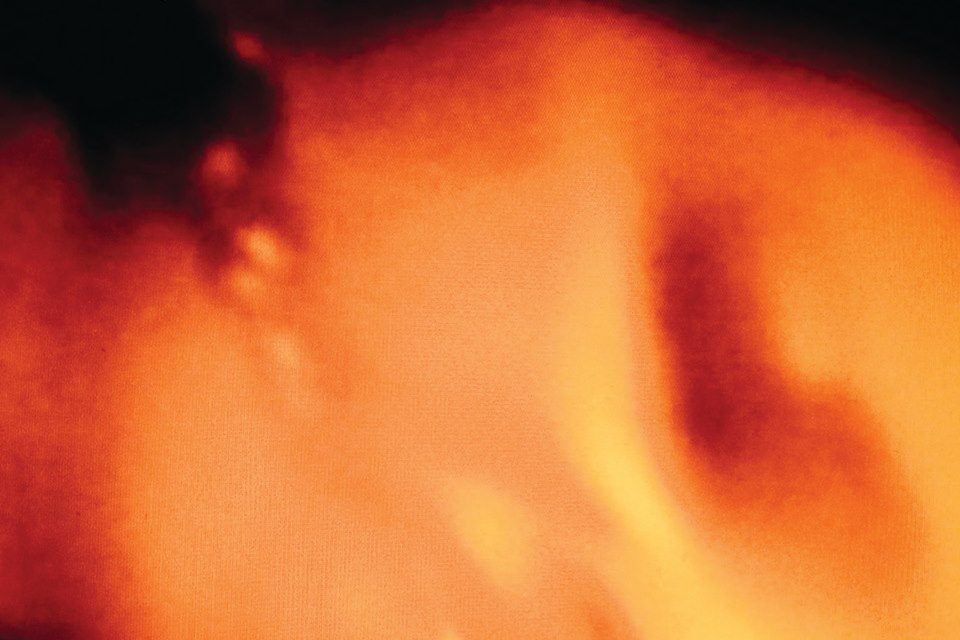
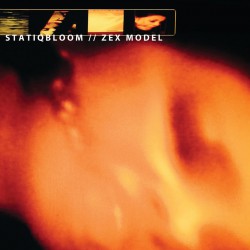

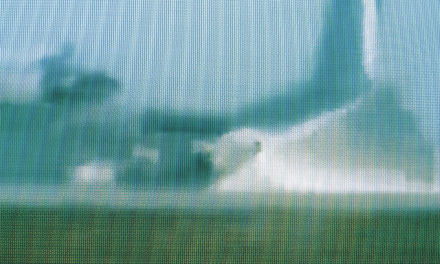
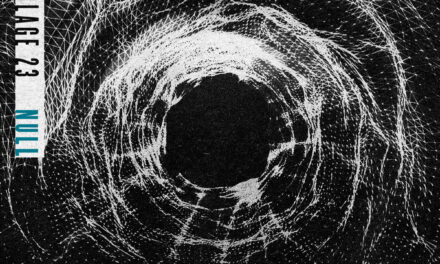
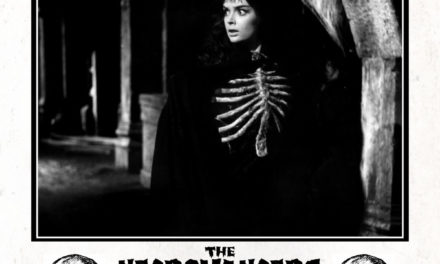
Trackbacks/Pingbacks